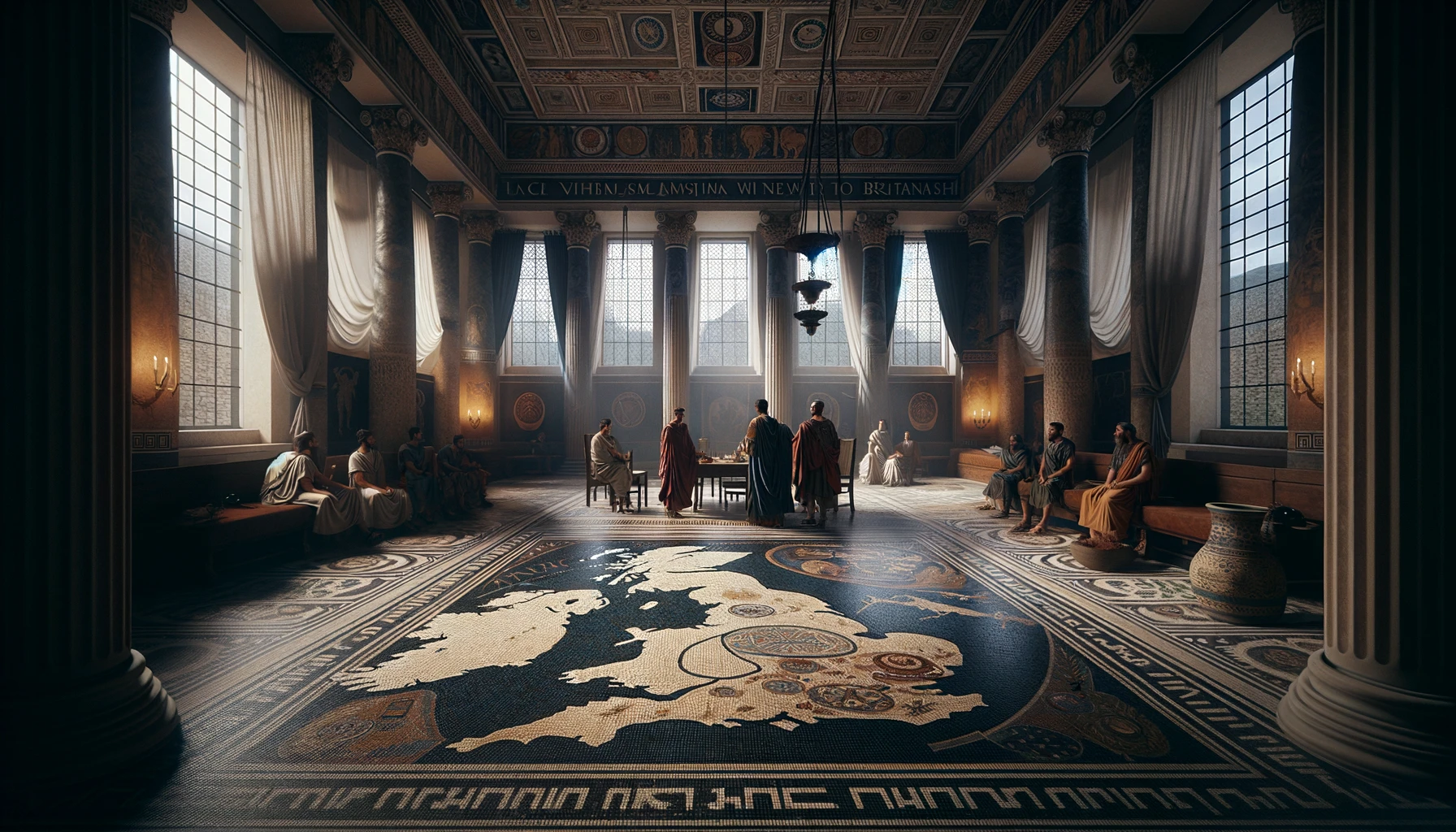Britain remained under the Roman Empire for more than 350 years, starting with Emperor Claudius’s invasion in AD 43 and continuing until Roman governance ceased in the early 5th century. During this period, the province known as Britannia was integrated into a vast political union that spanned much of Europe. This period left indelible marks on Britain.
Celts and Celtic Life
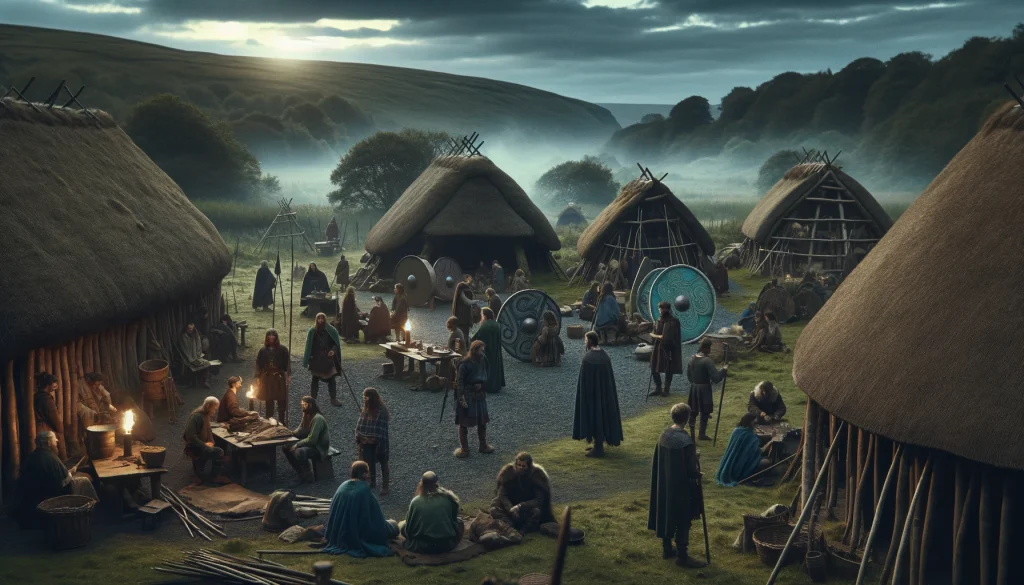
Before and during the Roman occupation, the Celtic tribes were the dominant cultural group in Britain. Celtic life was rich and diverse, deeply rooted in oral traditions, art, and a strong connection to the land. The Celts lived in scattered villages, often fortified with earthworks and timber, and were organized into various tribal kingdoms. Their society was hierarchical, led by chieftains and a warrior class, with Druids playing a central role as priests, legal authorities, and custodians of knowledge. Celtic art, known for its intricate, swirling patterns, was evident in their metalwork, pottery, and jewellery. The Celts were skilled farmers, herders, and craftspeople, and their economy was largely based on agriculture and trade. They spoke various Brythonic languages, the ancestors of modern Welsh, Cornish, and Breton. Celtic religious beliefs were polytheistic, with a deep reverence for nature, and rituals often took place in natural settings like groves or near bodies of water. Despite the Roman conquest, which significantly impacted their way of life, the Celts left a lasting imprint on Britain’s cultural heritage, influencing language, folklore, and art that can still be seen and felt today.
Roman Conquest and Occupation of Britain
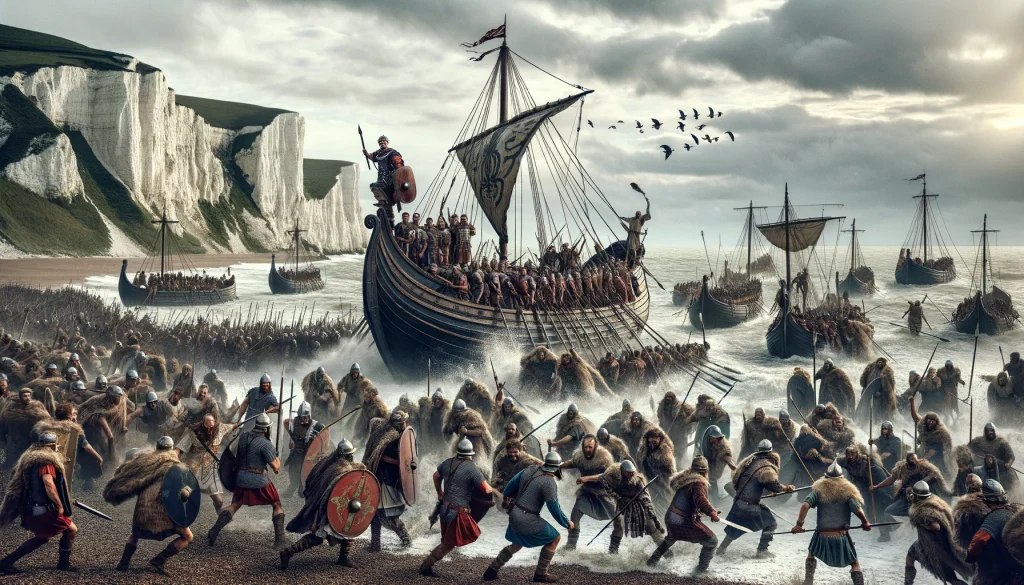
The Roman conquest and occupation of Britain, initiated in AD 43 under Emperor Claudius, marked a significant chapter in the island’s history, transforming it from a patchwork of tribal territories into a province of the Roman Empire. The invasion, carried out by four Roman legions and auxiliary troops, swiftly overcame resistance from native tribes and established Roman control over south-eastern Britain. Over the next few decades, Roman influence expanded, both militarily and culturally, into Wales, the Midlands, and northern England. The construction of forts, roads, and Hadrian’s Wall in the north served both as symbols and tools of Roman power, enabling efficient military movement and economic integration. The Roman presence in Britain lasted until the early 5th century, leaving a lasting legacy on British social structure, language, infrastructure, and landscape.
The Roman Military System
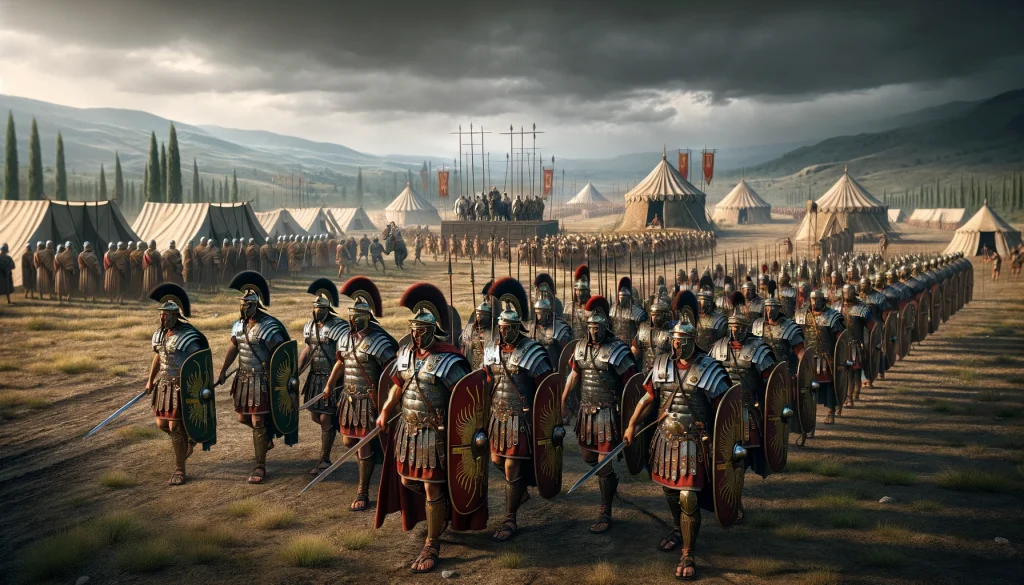
The Roman military system, renowned for its discipline, organization, and efficiency, was the backbone of the Roman Empire’s expansion and maintenance. Central to this system were the legions, composed of heavy infantry legionaries, who were Roman citizens trained in rigorous combat techniques and formations, such as the testudo (tortoise formation). Each legion, typically about 5,000 strong, was subdivided into cohorts and further into centuries, led by centurions known for their leadership and experience. Supporting the legions were auxiliary forces, non-citizen troops offering specialized skills like archery or cavalry. The Roman military also excelled in engineering, constructing forts, camps (castra), roads, and siege engines, enabling rapid movement and effective campaigning across diverse terrains. Discipline was strictly enforced through a code of laws, and loyalty was ensured through a structured pay system, rewards for valour, and the promise of land upon retirement. This formidable military apparatus allowed Rome to control vast territories, adapt to various combat situations, and maintain its power for centuries, making it one of the most effective fighting forces in history.
People of Roman Britain
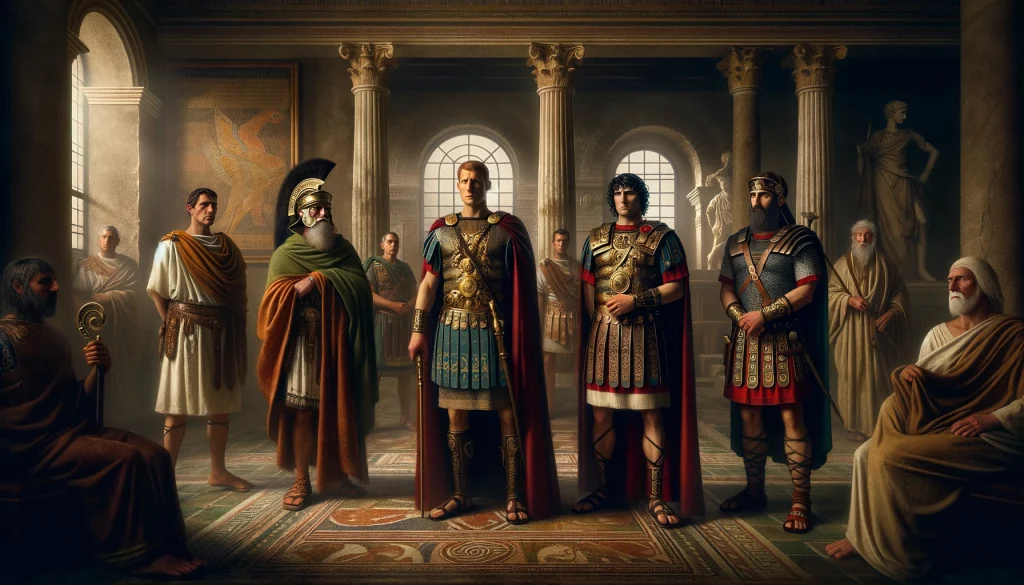
Roman Britain’s history, stretching from the 1st to the 5th century AD, is a complex mosaic of influential figures and groups who significantly influenced its development, culture, and heritage. At the peak of its development in the late second century, the population of Roman Britain was estimated to be between 2.8 and 3 million people. But who were the key personalities behind the shaping of Roman Britain? This section provide detailed biographies of those who founded, moulded, and inhabited Roman Britain, offering insights into the lives and contributions of these pivotal characters.
Life in Roman Britain
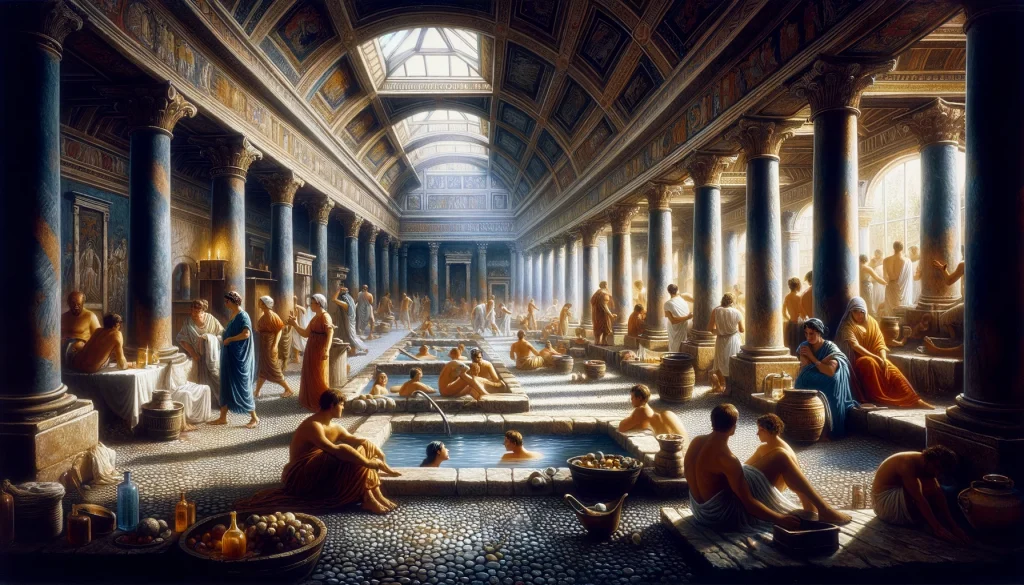
Life in Roman Britain was a fusion of Roman and native Celtic cultures, creating a unique blend of societal and cultural practices. After the Roman conquest in 43 AD, Britain witnessed significant urban development, with the establishment of towns and cities featuring Roman-style forums, baths, amphitheatres, and temples. The famous Roman roads, such as Watling Street and Fosse Way, connected these urban centres, facilitating trade and military movements.
Roman rule brought administrative organization, a new legal system, and the introduction of Roman currency. The daily life of the inhabitants varied: in towns, Romanized Britons and immigrants from across the Empire engaged in trades, crafts, and commerce, while in the countryside, farming and rural activities predominated.
The blend of Roman and Celtic religious practices was also evident, with traditional Celtic deities being worshipped alongside Roman gods, and later, the introduction of Christianity added a new dimension to the religious landscape. Life in Roman Britain was thus characterized by a rich tapestry of cultural integration, economic growth, and social diversity.
Classical References to Roman Britain

Classical references to Roman Britain offer a glimpse into the complex tapestry of life during the Roman occupation, a period marked by the convergence of Roman and Celtic cultures. Ancient writers like Tacitus and Julius Caesar provide accounts of military campaigns, shedding light on the resistance faced by the Romans from native tribes, most notably in Boudica’s revolt. Coins, tombstones, statues, columns and archaeological finds provide a wealth of information. Together, these classical sources paint a vivid picture of a land at the crossroads of invasion and integration, providing invaluable insights into the social, cultural, and political life in Roman Britain.
